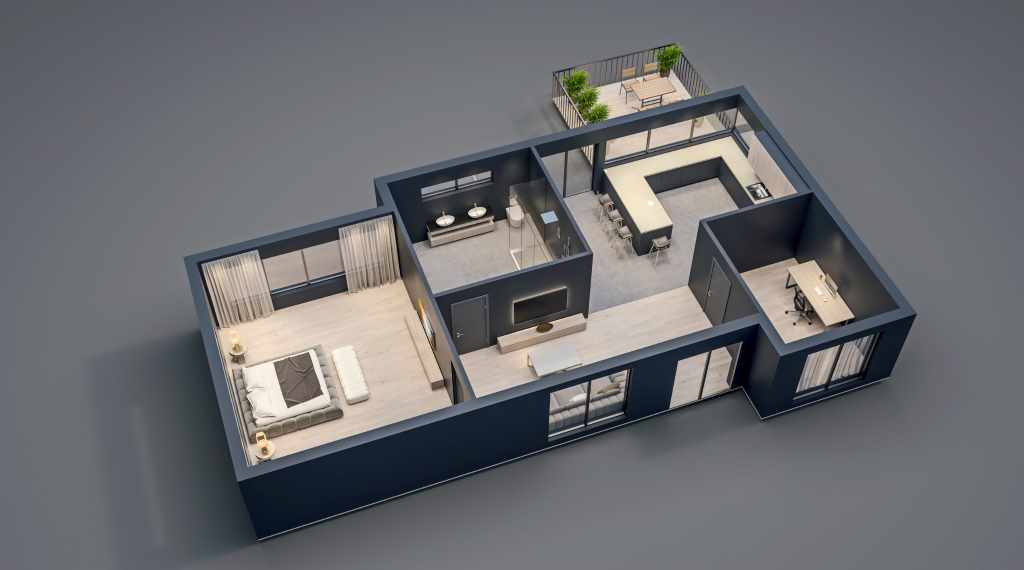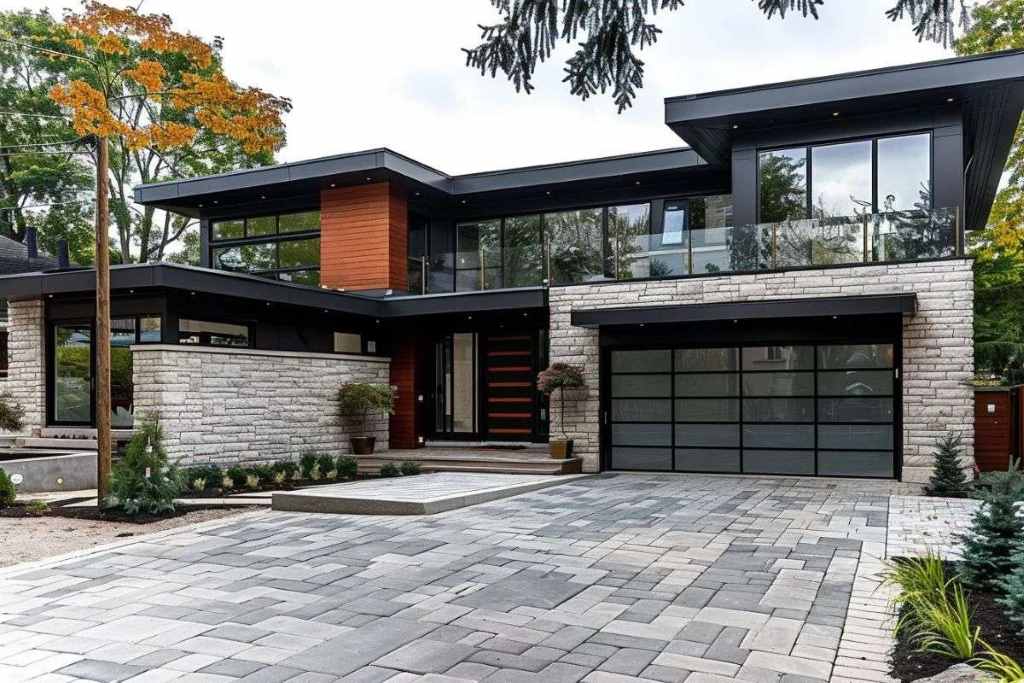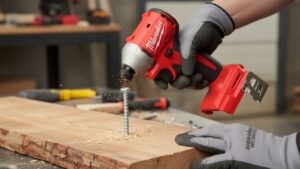Top 5 Reasons to Design Your Home in 3D Before Breaking Ground: A Visionary Approach to Home Building

In the realm of architecture and construction, technology has revolutionized the way we envision and bring to life our dream homes. 3D home design, once considered a luxury, is now an indispensable tool that offers numerous advantages throughout the building process. Before you break ground on your new home, consider these top 5 reasons why designing in 3D is a game-changer:
Unleash Your Creativity and Visualization:
Gone are the days of deciphering blueprints and struggling to imagine what your future home will look like. 3D design software empowers you to step inside a virtual model of your home, explore every room, and even experience different lighting scenarios. This immersive experience lets you unleash your creativity and make informed decisions about layout, materials, and finishes.
Visualizing your home in 3D before it’s built ensures that your vision aligns perfectly with the final result, minimizing costly changes during construction. Whether you’re planning a resort room interior design or a cozy urban apartment, 3D design software revolutionizes the way you conceptualize and execute your living spaces.

Mitigate Costly Errors and Rework:
Mistakes made during construction can be financially draining and time-consuming to fix. 3D design allows you to identify and resolve potential issues early on, saving you from costly rework. By visualizing the placement of walls, windows, and doors, you can ensure optimal flow and functionality. You can also assess the impact of different design choices on the overall aesthetic and energy efficiency of your home. With 3D design, you can confidently proceed with construction, knowing that your plans are thorough and accurate.
Streamline Communication and Collaboration:
Building a home involves a team of architects, designers, contractors, and various stakeholders. 3D design serves as a universal language that facilitates clear and effective communication among everyone involved. Instead of relying on technical drawings that may be difficult for some to interpret, you can present your vision in a visually compelling way that everyone can understand. This fosters collaboration, ensures that all parties are on the same page, and minimizes misunderstandings that could lead to delays or disputes.
Enhance Marketing and Pre-Sales Efforts:
If you’re a builder or developer, 3D design can be a powerful marketing tool. Instead of showing potential buyers static floor plans, you can offer them virtual tours of your properties. This immersive experience allows buyers to connect emotionally with the space, envision themselves living there, and make quicker purchasing decisions. With 3D design, you can also showcase different customization options, giving buyers the flexibility to tailor their homes to their preferences.
Sustainability and Energy Efficiency:
As environmental concerns continue to grow, designing sustainable homes is becoming increasingly important. 3D design software can help you optimize the energy efficiency of your home by analyzing factors like sunlight exposure, insulation, and ventilation. By identifying areas for improvement, you can make informed decisions that reduce energy consumption and lower your carbon footprint. This not only benefits the planet but also saves you money on energy bills in the long run.
Beyond the Top 5:
In addition to these top 5 reasons, 3D home design offers even more advantages:
- Customization: Easily experiment with different styles, materials, and colors to create a truly personalized home.
- Accurate Measurements: Precise measurements ensure that your furniture and fixtures fit perfectly within the space.
- Reduced Waste: By visualizing the layout and quantities of materials needed, you can minimize waste and optimize your budget.
- Virtual Staging: Stage your virtual home with furniture and décor to get a realistic sense of the final look and feel.
Conclusion:
Incorporating 3D design into the home building process is a smart investment that pays off in numerous ways. From unleashing your creativity to mitigating costly errors, the advantages are undeniable. Whether you’re a homeowner, builder, or developer, 3D design empowers you to create homes that are not only beautiful and functional but also sustainable and energy-efficient. Embrace this visionary approach to home building and turn your dream home into a virtual reality before it becomes a tangible one.







